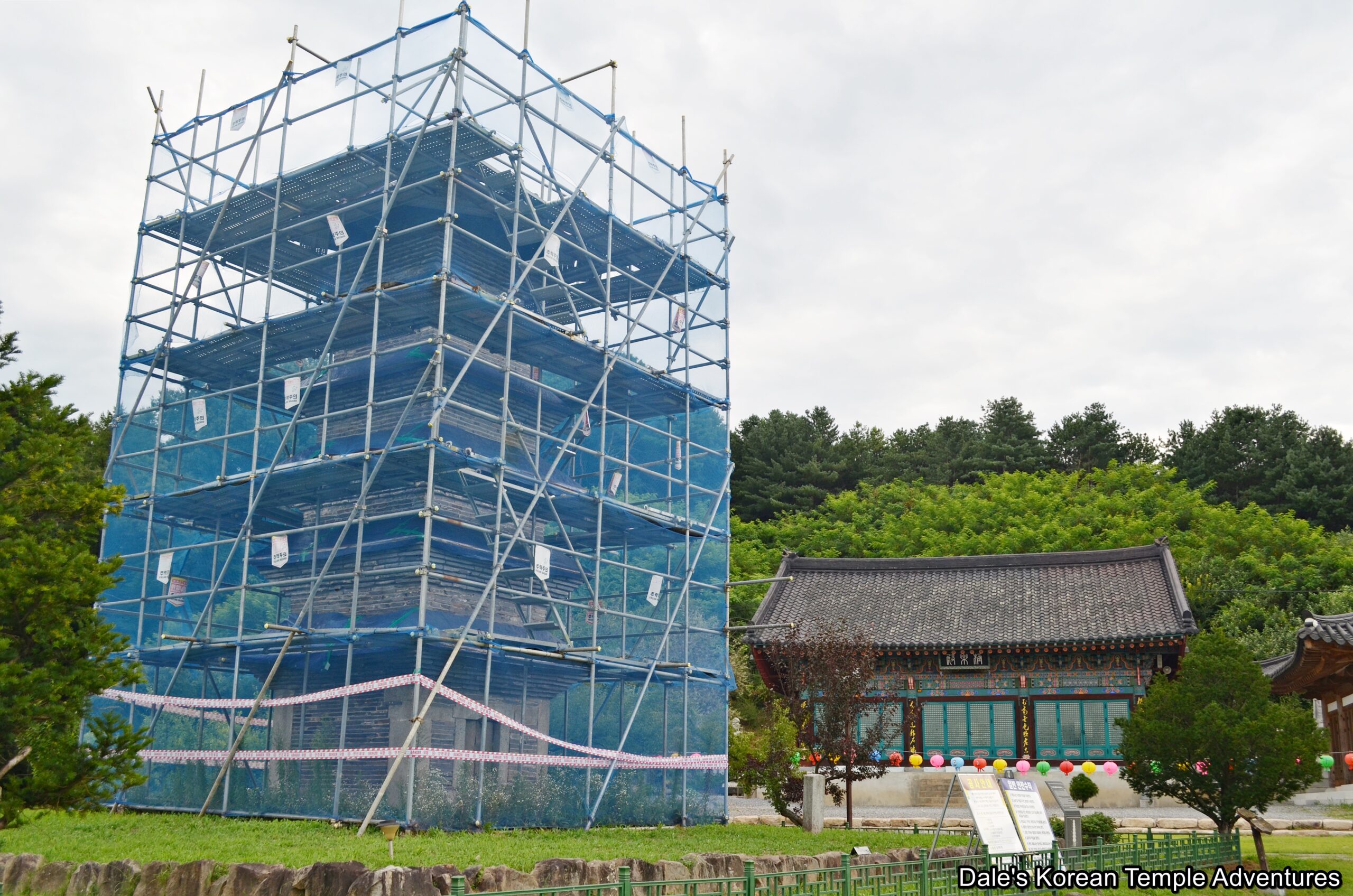
Temple History
Jangnaksa Temple is located in the eastern part of Jecheon, Chungcheongbuk-do in the western foothills of Mt. Wangbaksan (597.5 m). Jangnaksa Temple was first built during the Three Kingdoms of Korea Period (18 B.C. – 660 A.D.). In total, Jangnaksa Temple was rebuilt a total of five times, and it was a prosperous temple during the Goryeo Dynasty (918-1392). The temple remained as a fully functioning temple until the mid-Joseon Dynasty (1392-1910). The temple would eventually fall into disrepair in the 17th century.
For the longest time, all that remained of the temple was the “Seven-Story Stone Brick Pagoda in Jangnak-dong,” which is Korean Treasure #459. It isn’t until 1971 that the monk Noh Seung Beophae rebuilt the temple in order to protect the brick pagoda, while also continuing the tradition of the former temple. The current configuration of Jangnaksa Temple is much smaller than the original temple found at the Jangnaksa-ji Temple Site; to which, the current temple is located just to the east.
An excavation was conducted on the Jangnaksa-ji Temple Site from 2003 to 2008. This excavation revealed many artifacts including roof tiles, earthenware, pottery, clay molds, tombstones, and bronze spoons. In total, there were 34 buildings discovered on the temple site.
Temple Layout
As you first approach Jangnaksa Temple up a pathway to the south of the Jangnaksa-ji Temple Site, you’ll first find the “Seven-Story Stone Brick Pagoda in Jangnak-dong.” For the longest time, this is all that remained of the ancient temple. The pagoda is a rare historic brick pagoda that’s one of only about a dozen still in existence in Korea. The pagoda is made of grayish black clay-slate stone that was made into bricks. The very first layer of the stylobate is made from natural stone. And it’s on top of this stone that the seven-story main pagoda of the structure stands. The base has granite pillars on each of the four corners with bricks filling in the caps between these granite pillars. Traditionally, there’s a door fitted inside a niche on both the south and north sides of a brick pagoda. However, the “Seven-Story Stone Brick Pagoda in Jangnak-dong” only has a south side door. The north door, for whatever reason, has long since disappeared. Both the south and east sides of the first story of the structure are heavily damaged. The roof stones covering the centre body stones of the main body are made completely of bricks. The eaves of the roof stones are short and horizontal. And the four edges to these roof stones have holes in them that formerly allowed bells to hang from them. Of the upper portion of the brick pagoda, only the base of the finial still remains.
During restoration work conducted in 1967, a bronze piece engraved with a flower pattern was found on the upper part of the roof stone of the seventh story. It’s assumed to have once been a part of the pagoda’s former finial. Additionally, there are traces of the surface of the pagoda having been plastered in parts. Currently, the “Seven-Story Stone Brick Pagoda in Jangnak-dong” is being restored, once more.
To the north of the this pagoda is the temple site grounds; while to the east, you’ll find the newest iteration of Jangnaksa Temple. In total, there are only a couple of shrine halls that visitors can explore. To the far left are the monks’ dorms, while straight ahead of you is the main hall at Jangnaksa Temple. This is the Geukrak-jeon Hall. The exterior walls of the main hall are adorned with realistic images of the Shimu-do (The Ox-Herding Murals), as well as flowers and Bicheon (Flying Heavenly Deities). Between the monks’ dorms and the Geukrak-jeon Hall, and to the rear, you’ll find an outdoor shrine dedicated to Gwanseeum-bosal (The Bodhisattva of Compassion). This three metre tall stone statue dedicated to Gwanseeum-bosal is quite elegant in appearance.
Stepping inside the Geukrak-jeon Hall, you’ll find a triad of images on the main altar. In the centre sits Amita-bul (The Buddha of the Western Paradise), who is joined on either side by Gwanseeum-bosal and Jijang-bosal (The Bodhisattva of the Afterlife). The triad rests under a large, red canopy. And joining this main altar triad inside the main hall is a modern Shinjung Taenghwa (Guardian Mural) hanging on the far right wall.
To the right of the Geukrak-jeon Hall is the other temple shrine hall at Jangnaksa Temple. This is the Gwaneum-jeon Hall. The exterior walls have yet to be painted to this newly built shrine hall. Stepping inside the Gwaneum-jeon Hall, you’ll find a solitary image dedicated to Gwanseeum-bosal (The Bodhisattva of Compassion) on the main altar. And between the Geukrak-jeon Hall and the Gwaneum-jeon Hall is another outdoor shrine dedicated to Gwanseeum-bosal. This one is slightly overgrown with a standing image of the Bodhisattva of Compassion holding a vase with a lotus flower in it. And on either side of the statue are two slender seokdeung (stone lanterns).
How To Get There
You can simply take a taxi from the Jecheon Bus Terminal to get to Jangnaksa Temple and the “Seven-Story Stone Brick Pagoda in Jangnak-dong.” The taxi ride will take 8 minutes, or 2.6 km, and it’ll cost you 4,600 won (one way). Or if you’re feeling more adventurous, you can simply walk.
Overall Rating: 3/10
Jangnaksa Temple definitely isn’t the most impressive temple that you’ll visit in Korea; however, with the “Seven-Story Stone Brick Pagoda in Jangnak-dong” standing out in front of the temple grounds, as well as the Jangnaksa-ji Temple Site next to it, all three can make for quite a nice little adventure in Jecheon, Chungcheongbuk-do. The main highlights to Jangnaksa Temple are the realistic and highly original Shimu-do (Ox-Herding Murals) that adorn the exterior of the Geukrak-jeon Hall, as well as the pair of outdoor Gwanseeum-bosal statues on either side of the main hall.
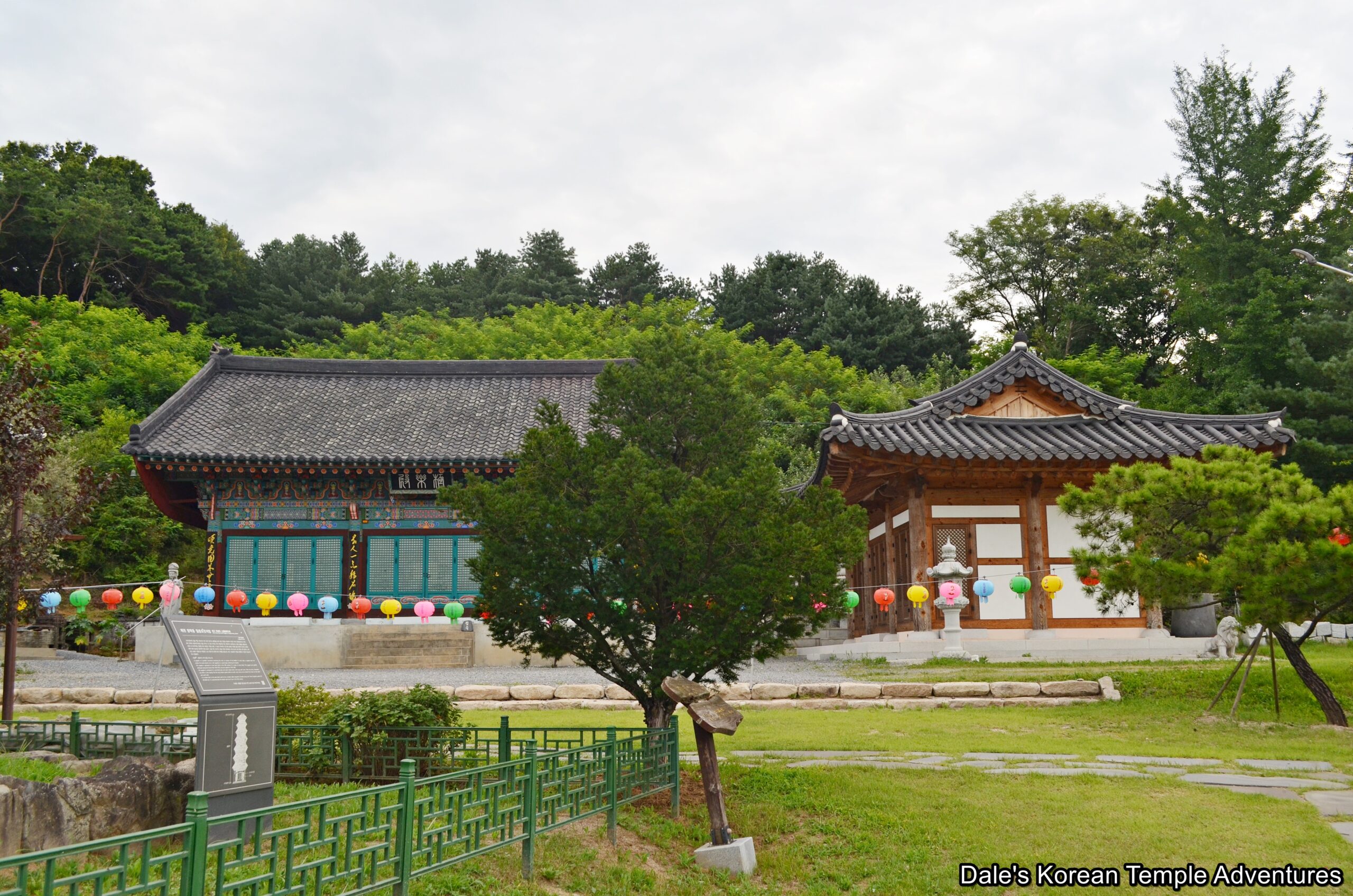
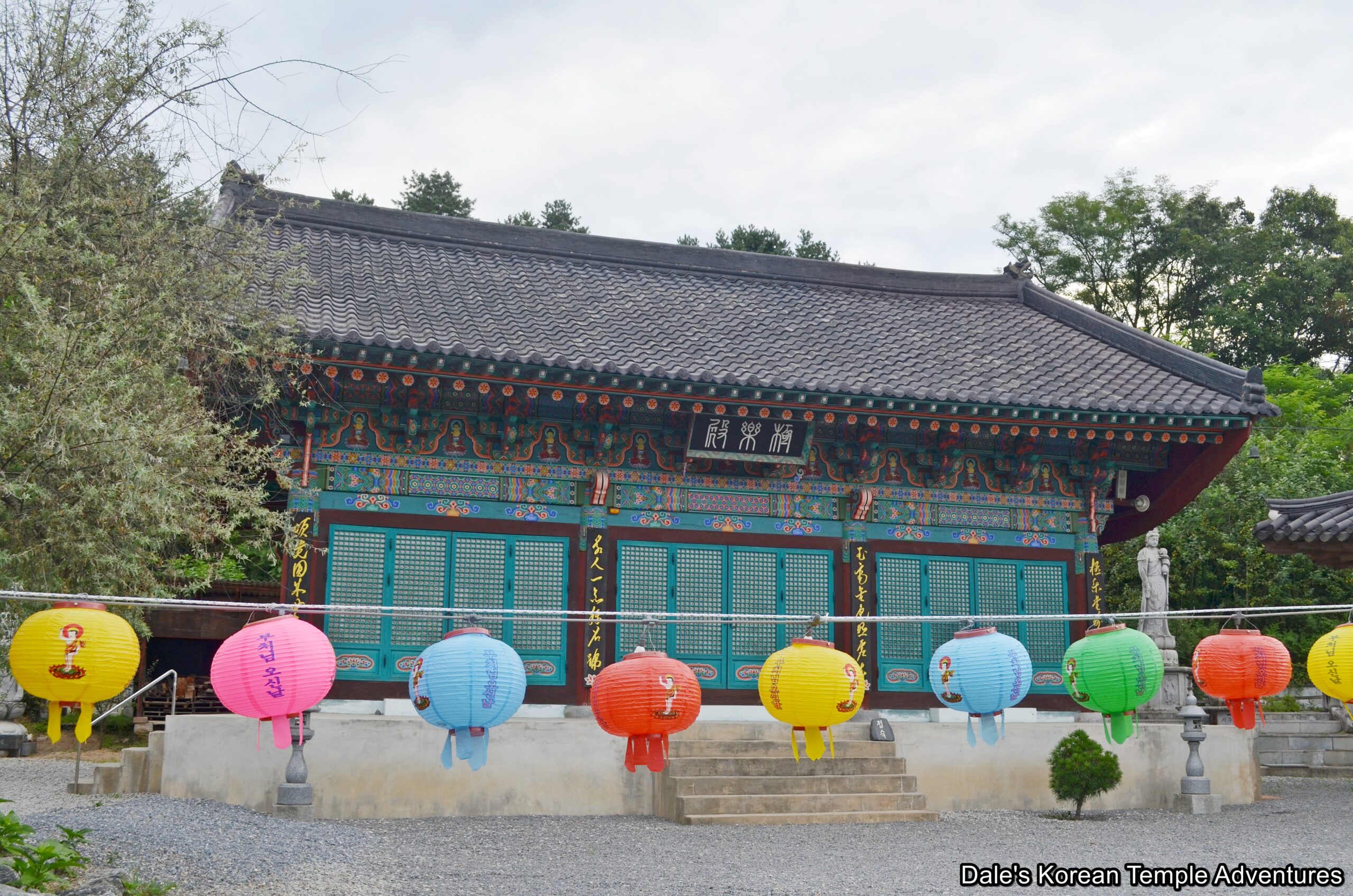
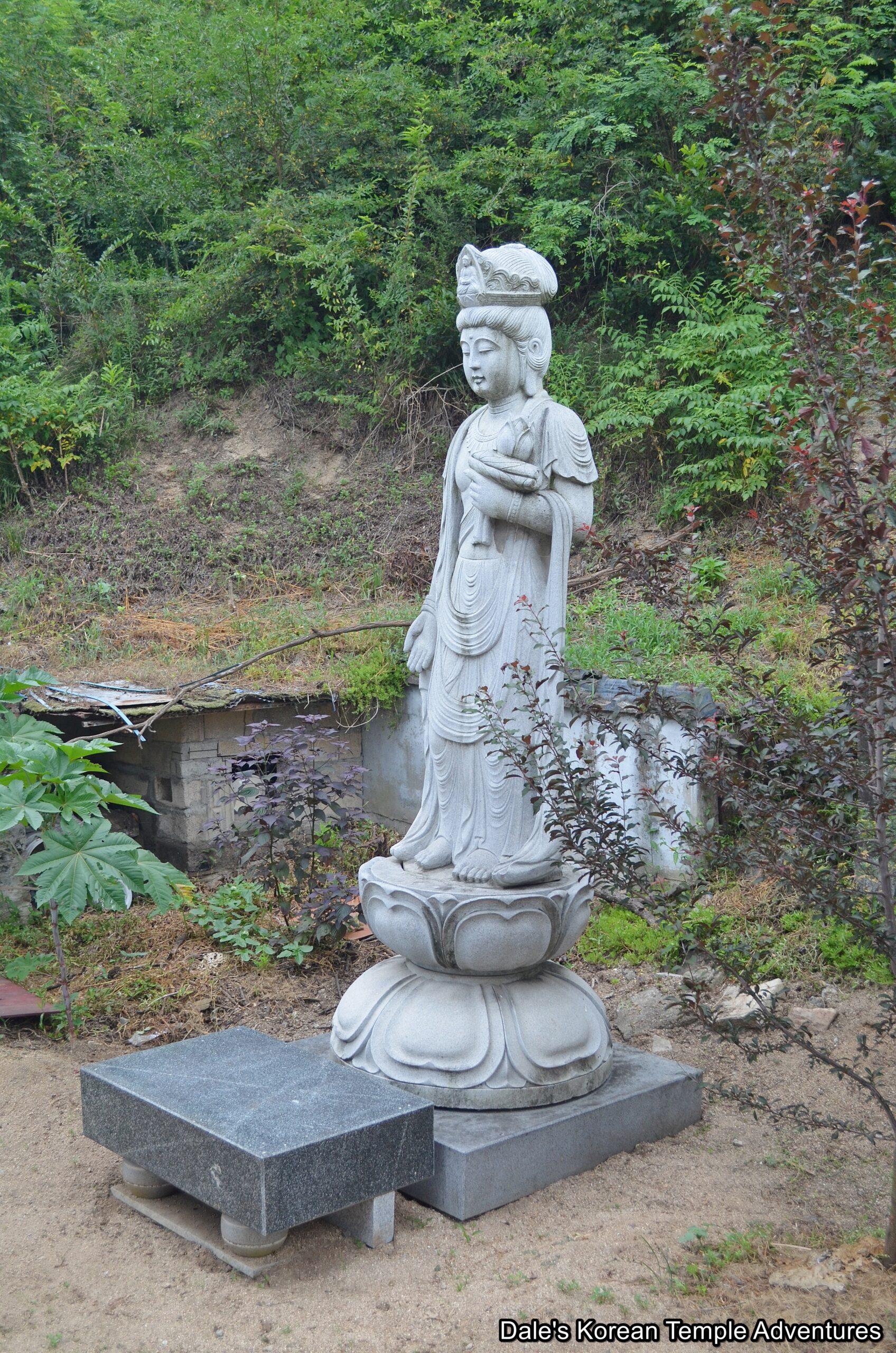

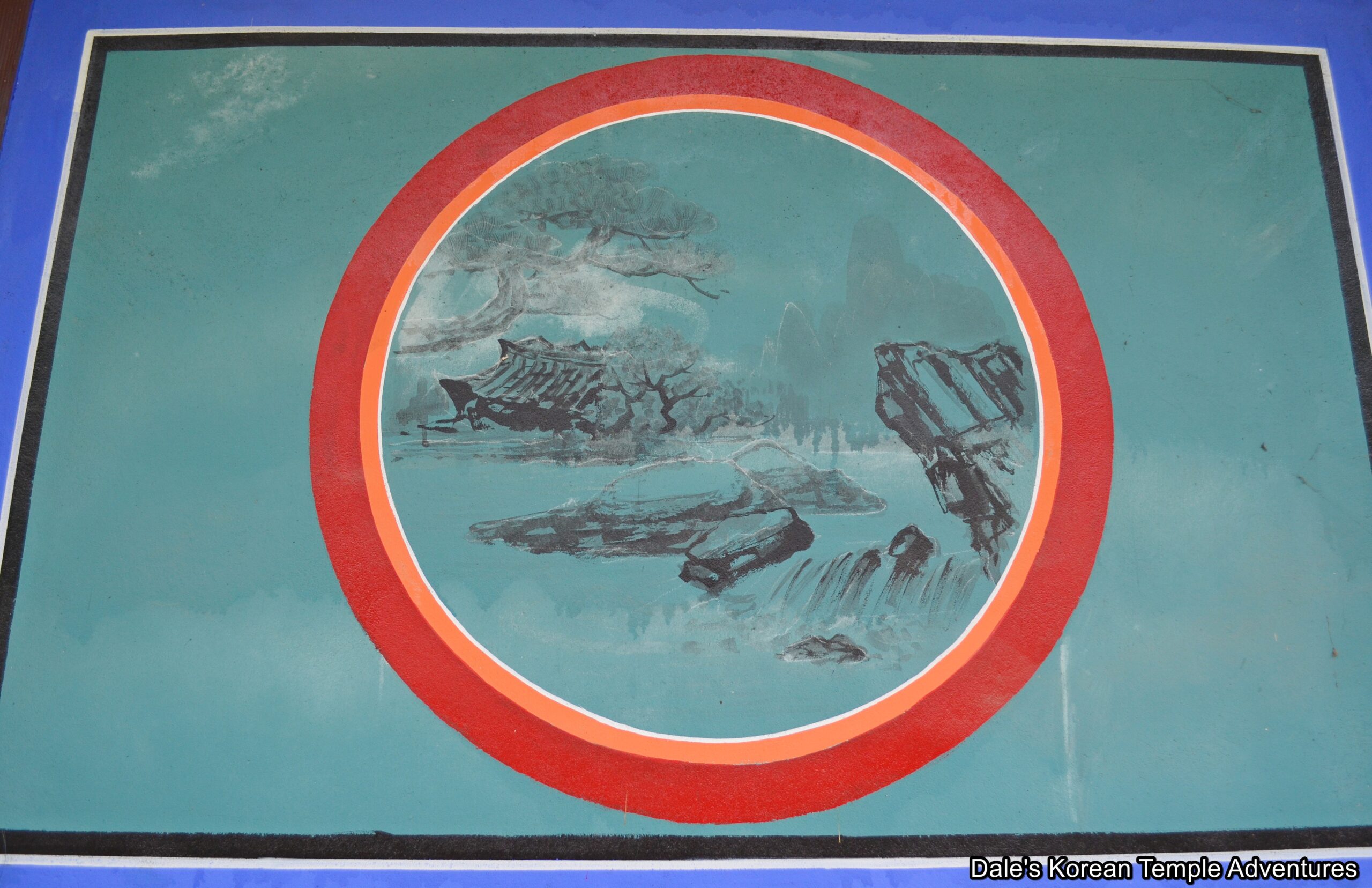
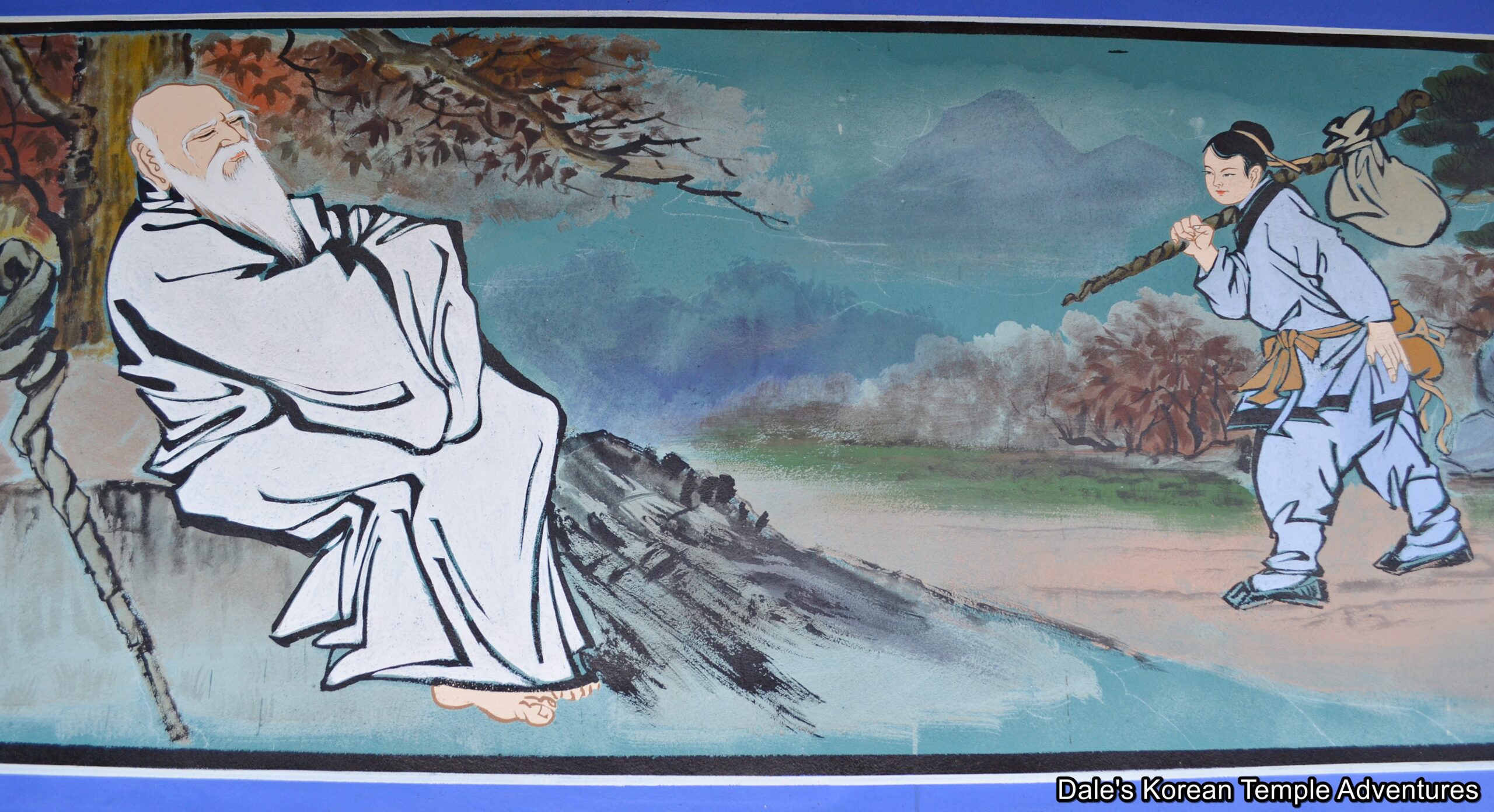
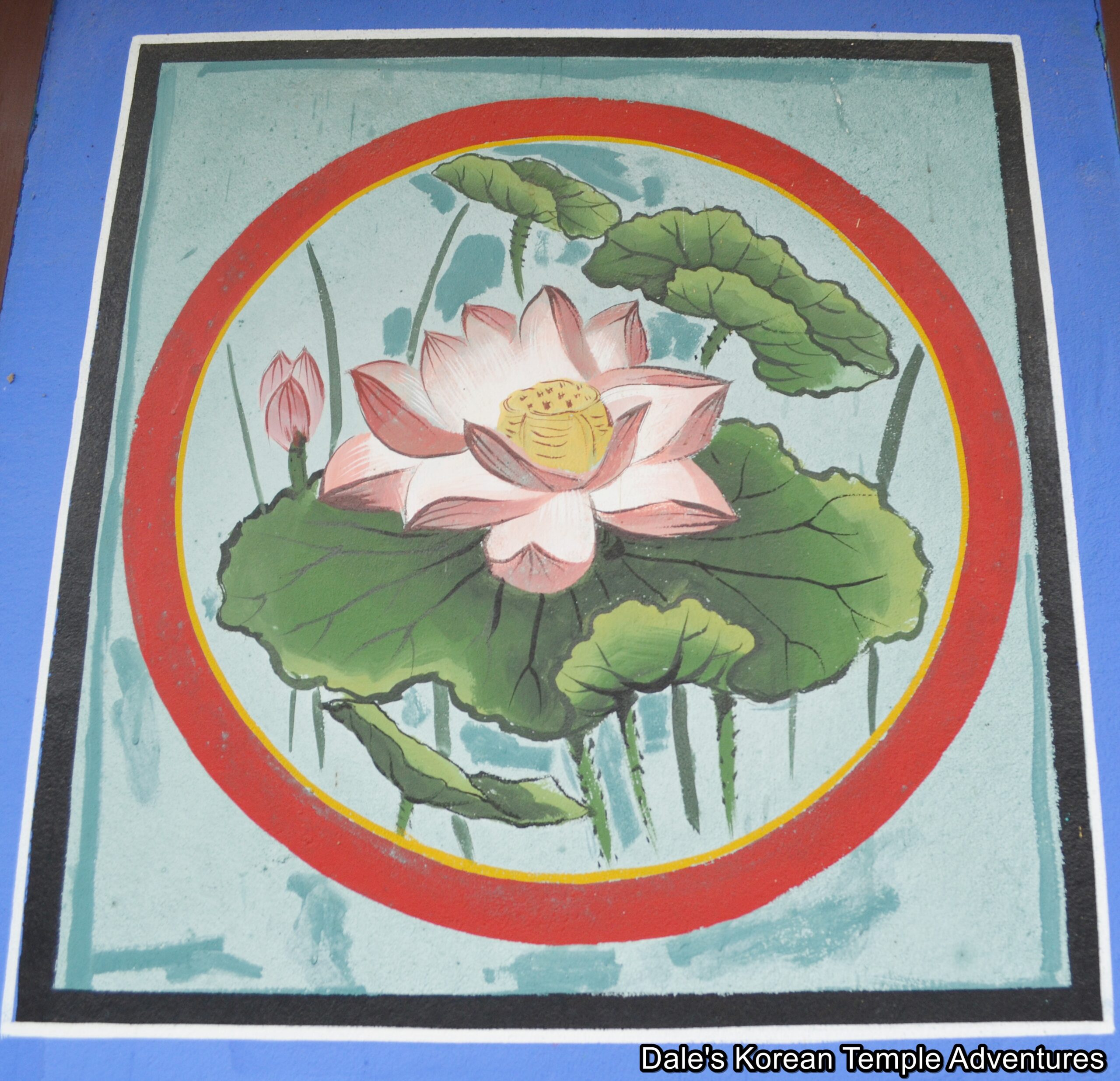
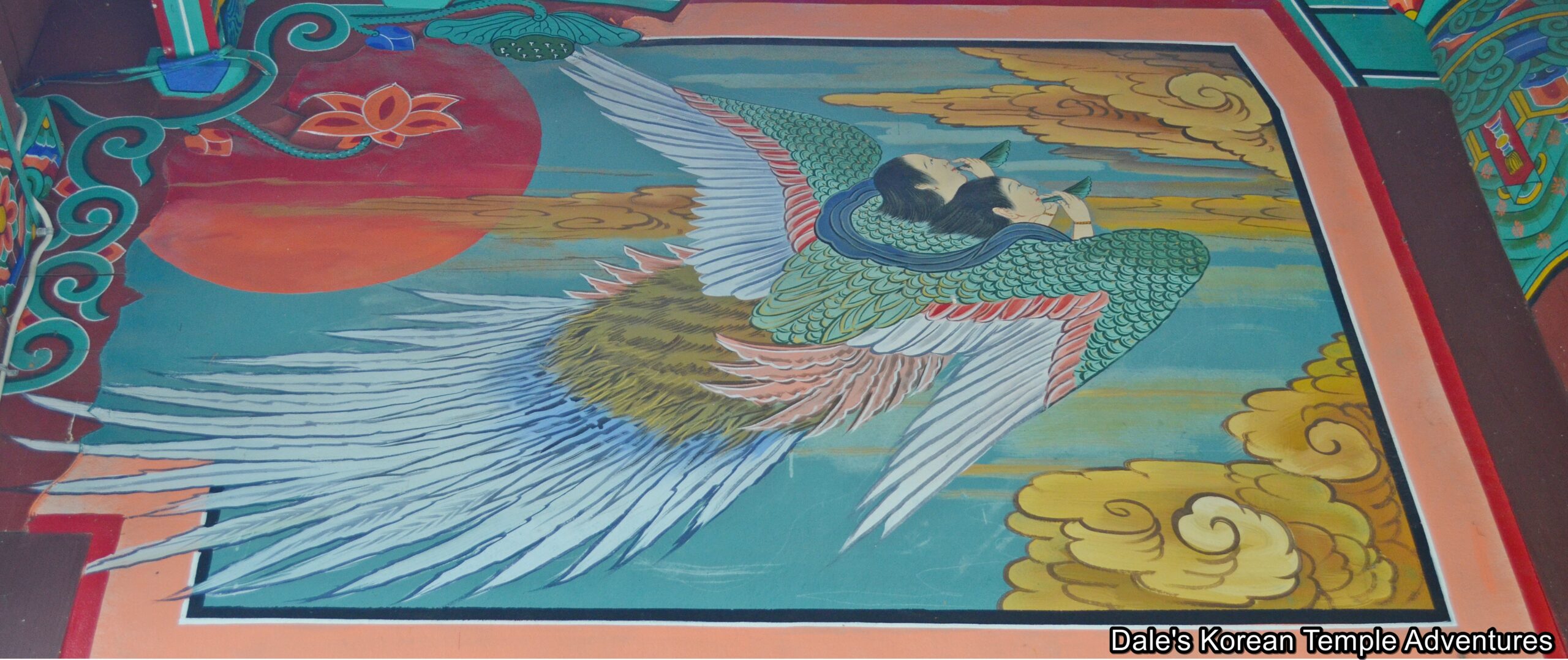
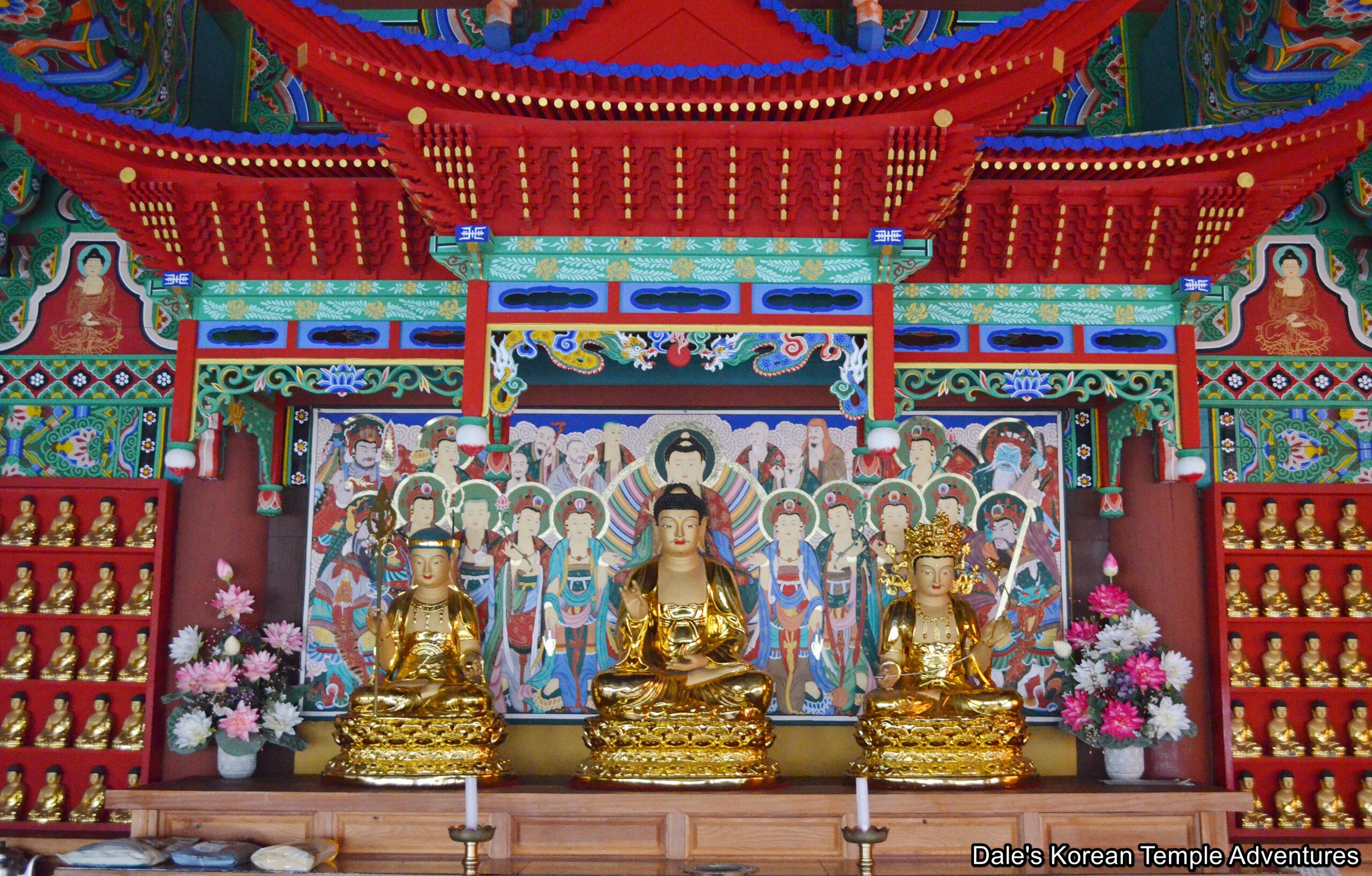
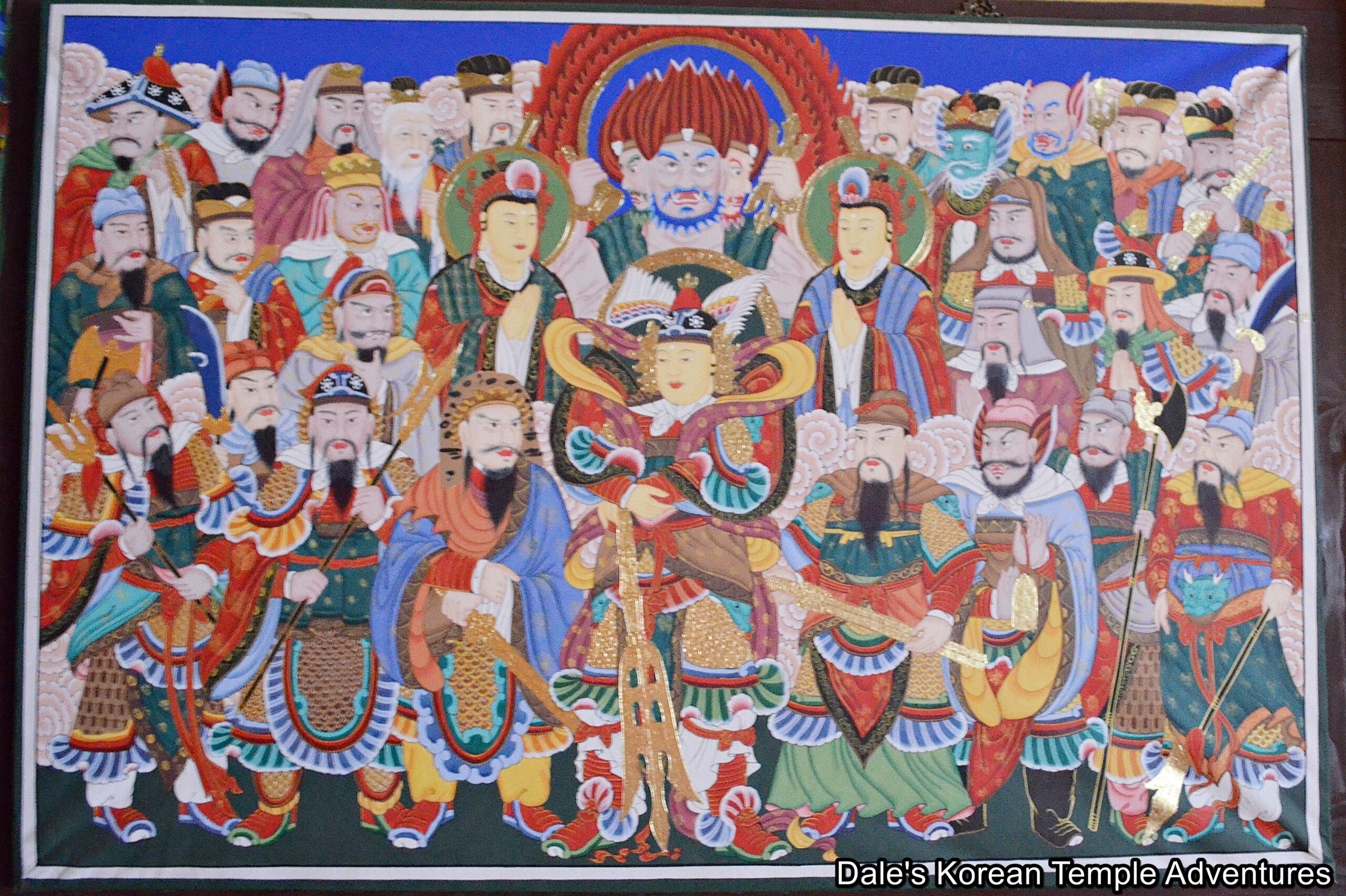

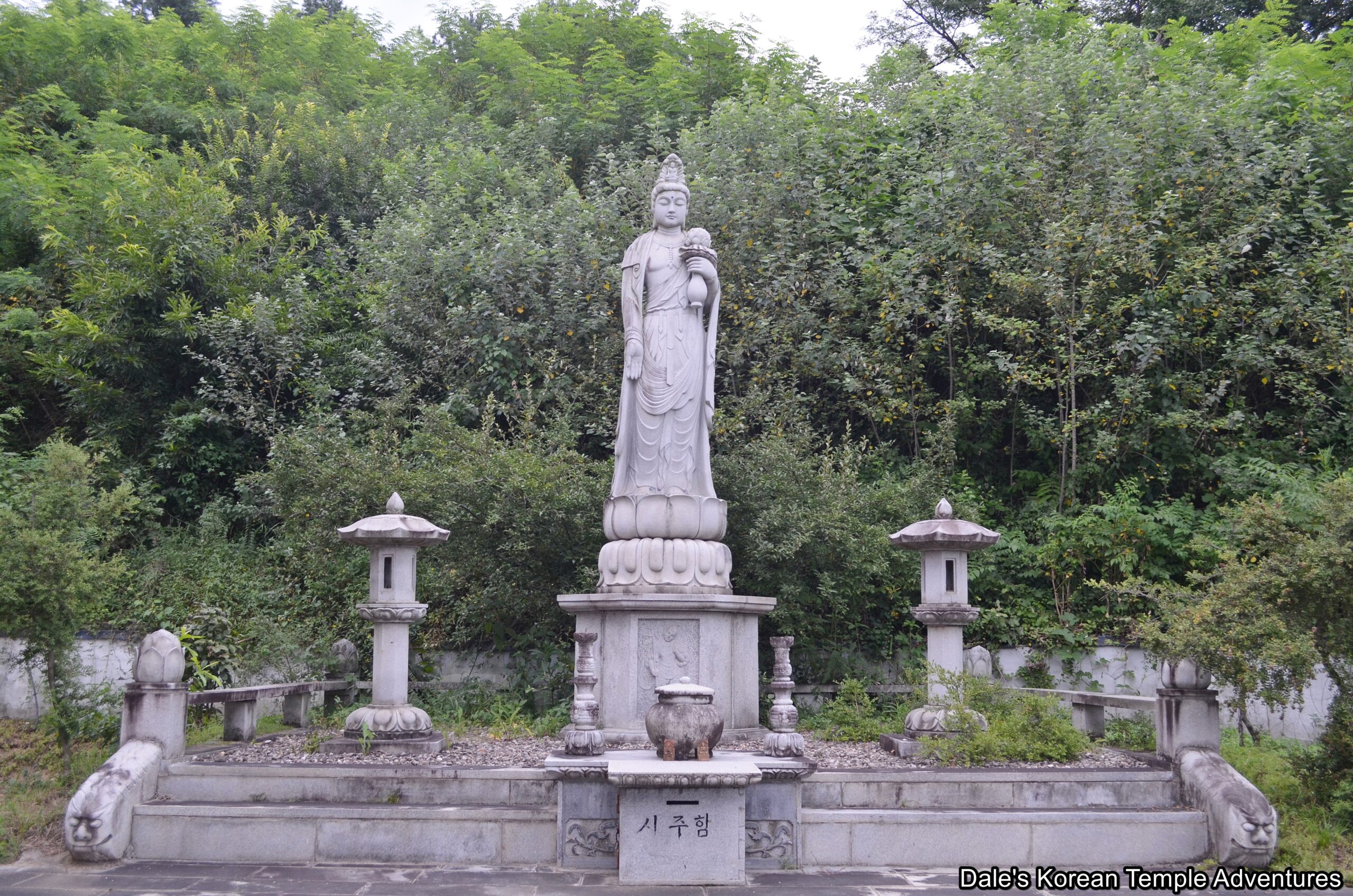
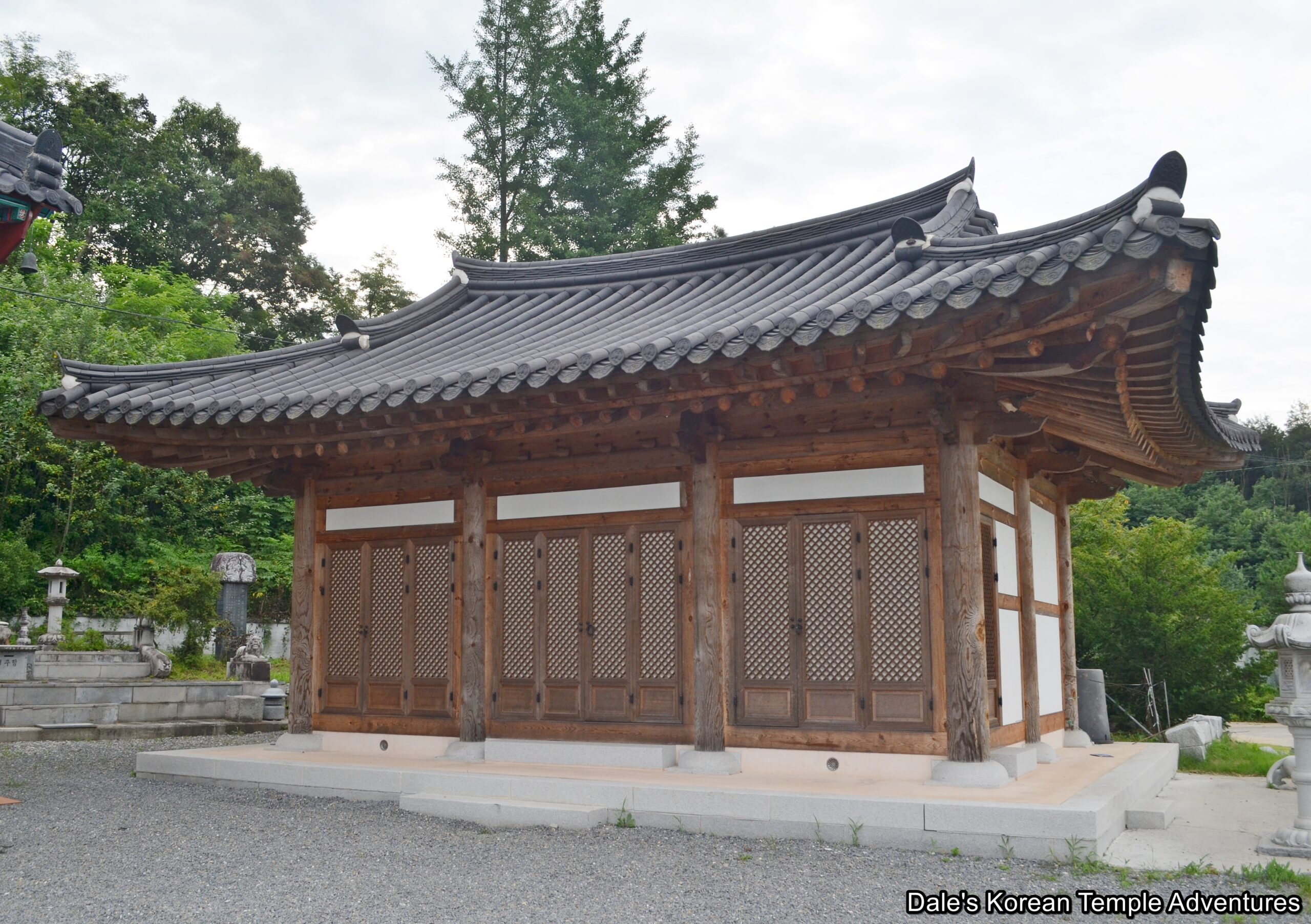
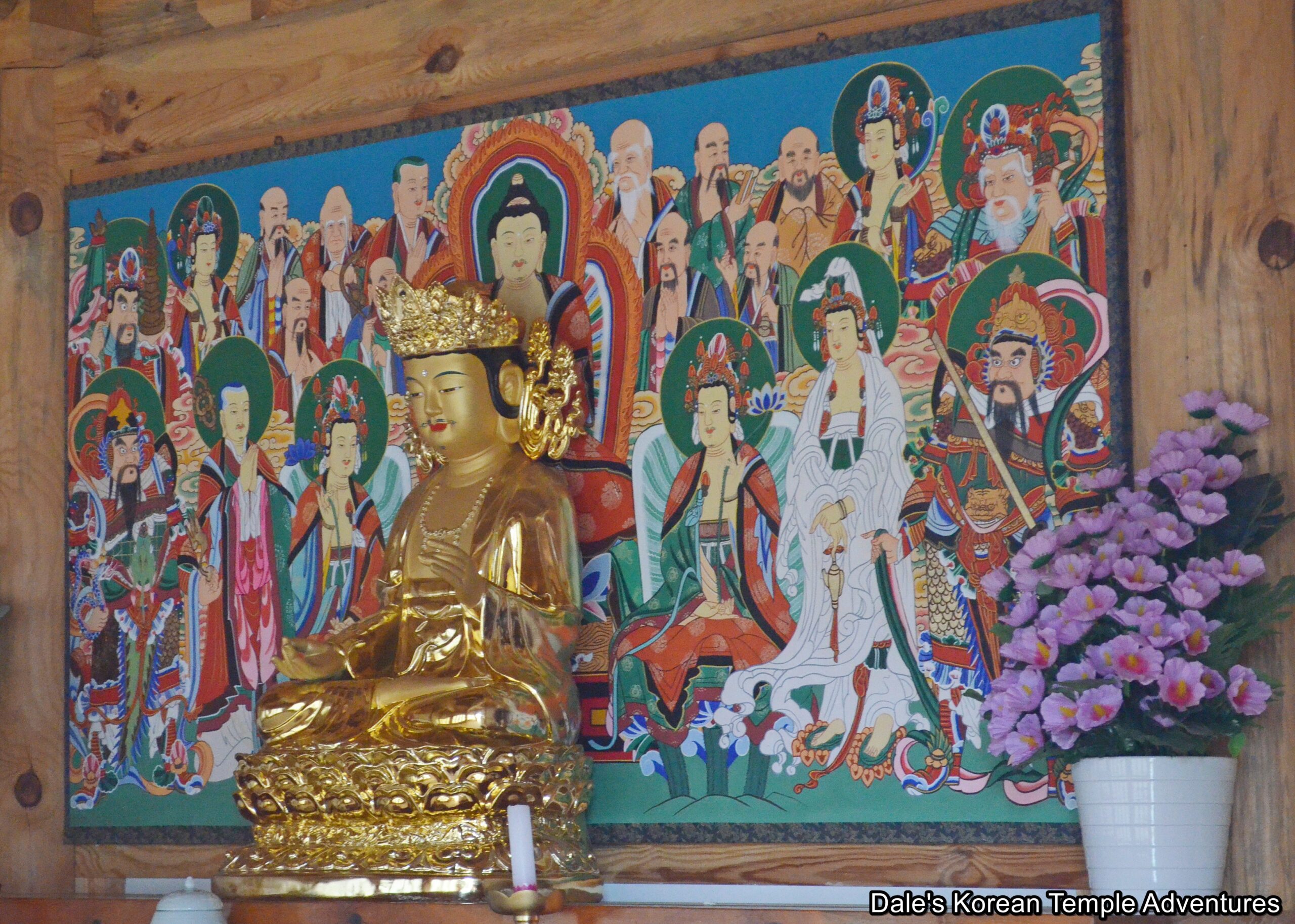


Recent comments